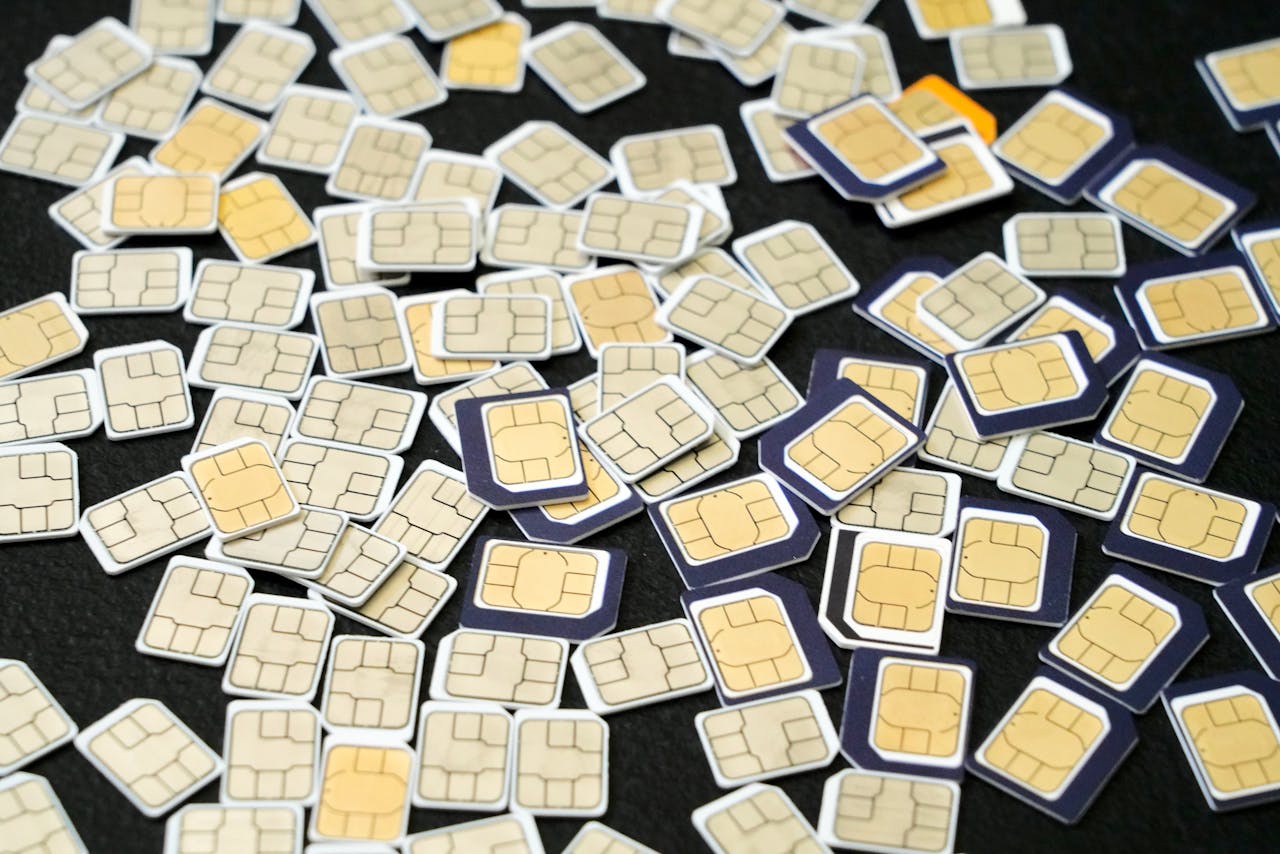What Is An ESIM And How Does It Work?
One of the items that's a result of this is the eSIM, a term derived from the traditional SIM (subscriber identity module) card with which we are all familiar.
Author:Michael RachalReviewer:Finn WildeOct 30, 20242.5K Shares212.5K Views

Technology keeps changing, with most things becoming smaller, more sustainable, or even replaced altogether by more convenient alternatives. One of the items that's a result of this is the eSIM, a term derived from the traditional SIM (subscriber identity module) card with which we are all familiar.
You've most likely seen the word floated around and wondered, "What's the deal with eSIMs?" Well, that's what we want to look at today. We'll let you know why it's the future of SIM cards and an essential tool for travellers.
So, What Exactly Is An ESIM?
An eSIM - short for embedded SIM - is a digital version of the traditional SIM card. Instead of having a removable piece of plastic you insert into your phone, the SIM chip is integrated into the motherboard during manufacturing. You won't see it, but it works the same way as a physical SIM card, although the features offered may vary with the network provider.
The big difference between an eSIM and a traditional SIM card is that it's programmable. You can connect it to your regular number or several others and switch between them whenever you like.
Most mobile phone manufacturers allow up to eight eSIM numbers at a go, with the possibility of using a maximum of two at a time. Most devices released after 2015 support both an eSIM and a traditional SIM card slot.
How Does An ESIM Work?
When using a regular SIM card, your mobile network information is stored on the physical chip card you insert. This means that if you want to switch your network or mobile number, you need to swap out the SIM card.
eSIMs work differently. Instead of inserting a SIM card, you download the network's profile information onto the eSIM through your device settings. This is mostly done by scanning a QR code, but some providers also offer a code you can input under Settings. You can download multiple eSIM profiles (which means multiple numbers) and choose a maximum of two at a time. When using an eSIM, you can still do everything that a traditional SIM does.
Why Should You Care About ESIMs?
eSIMs aren't just a smartphone feature; they are the future. In fact, some major device manufacturers have already dropped or are planning to drop physical SIM cards in some of their devices. For example, iPhone 14 (2022) and later models purchased in the US don't have physical SIM card slots, so you can only use the eSIM.
Here are a few reasons why you should embrace the technology.
Perfect For Frequent Travellers
If you often travelto different countries, you are the biggest beneficiary. You are most likely familiar with the roaming charges that hit you immediately after you land at the airport, the exorbitant prices of SIM cards at Airport kiosks, or having to look for a Wi-Fi hotspot just to update a status or notify your family.
If you are from the US or any other region and are travelling, you can install an eSIM for Europebefore you leave your country. Simply purchase your eSIM for less than $20 and install it by scanning a QR code.
Convenience On A Whole New Level
While you can always buy a physical SIM card at the airport, doing so in every country you visitis extremely annoying and expensive. When using an eSIM, you only need to switch your region and continue using the same number. You can also switch it to another number if you want to spend a lot of time in that country, so you don't have to wait for one to arrive in the mail.
Better For The Environment
Physical SIM cards are made of plastic, silicon, copper, and other materials. And besides that, they come with SIM holders and other wrappers, all of which add to the mountain of waste generated by the tech industry.
eSIMs eliminate the need for all those plastic cards and trays, offering a zero-waste option. That's one less piece of plastic waste on the planet, courtesy of you.
Should You Make The Switch To ESIM?
If your device supports it, there's no reason to try an eSIM. And if you are a traveller, you should definitely try an eSIM. It will give you a lot of convenience as you can manage plans on the go without incurring huge roaming bills.

Michael Rachal
Author
Michael Rachal believes that luxury lies in the details. With over 20 years of experience in the luxury travel industry, he has crafted hundreds of bespoke itineraries for clients seeking personalized, unforgettable experiences.
Whether guiding clients through private cultural tours or curating culinary journeys with world-renowned chefs, Michael ensures that each trip is tailored to perfection.
His ability to anticipate needs and exceed expectations has earned him a reputation as a leading expert in luxury travel.

Finn Wilde
Reviewer
For Finn Wilde, the wilderness is more than just a destination - it’s a way of life. Over the past decade, he has led multiple expeditions in some of the world’s most remote regions, from the icy fjords of Greenland to the rugged trails of Patagonia.
Finn emphasizes sustainability in all of his adventures, helping participants connect with nature while promoting responsible exploration. His expeditions inspire individuals to explore the great outdoors while fostering a deep respect for the environment.
Latest Articles
Popular Articles